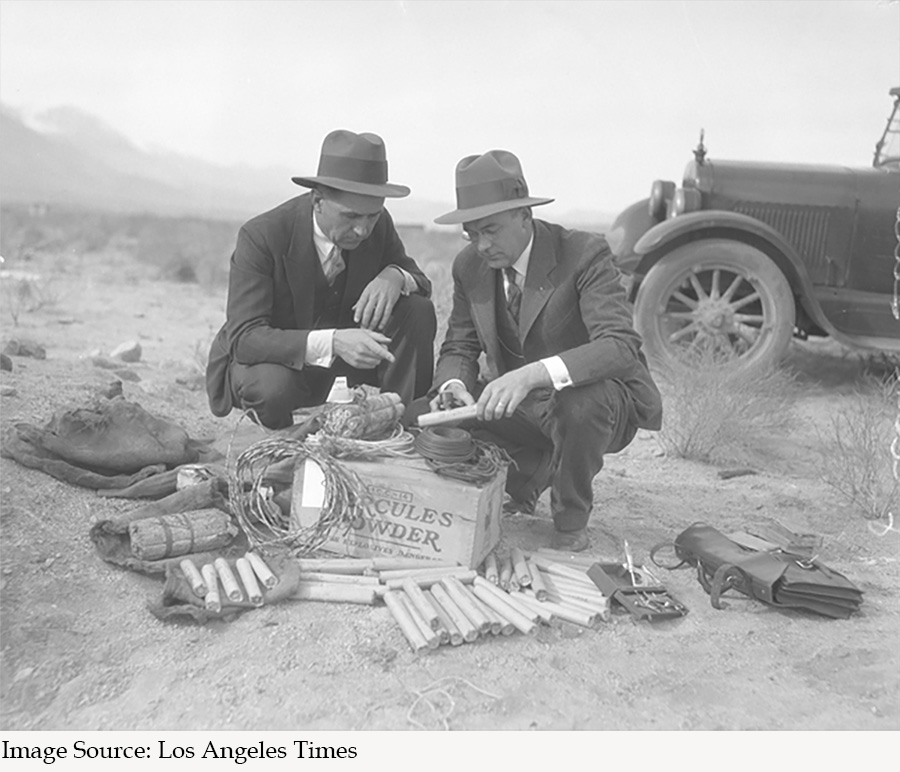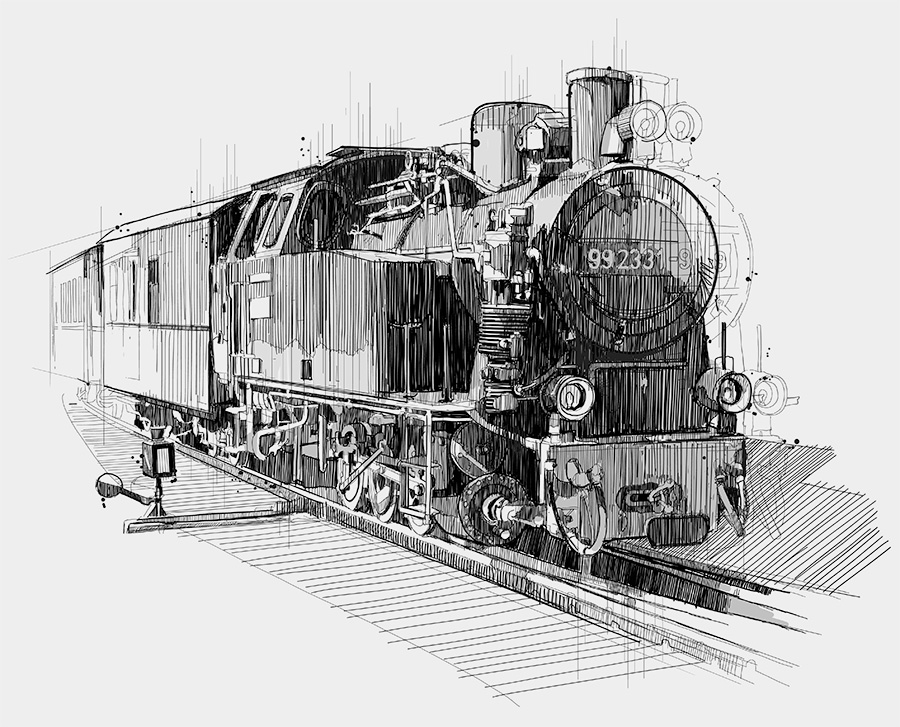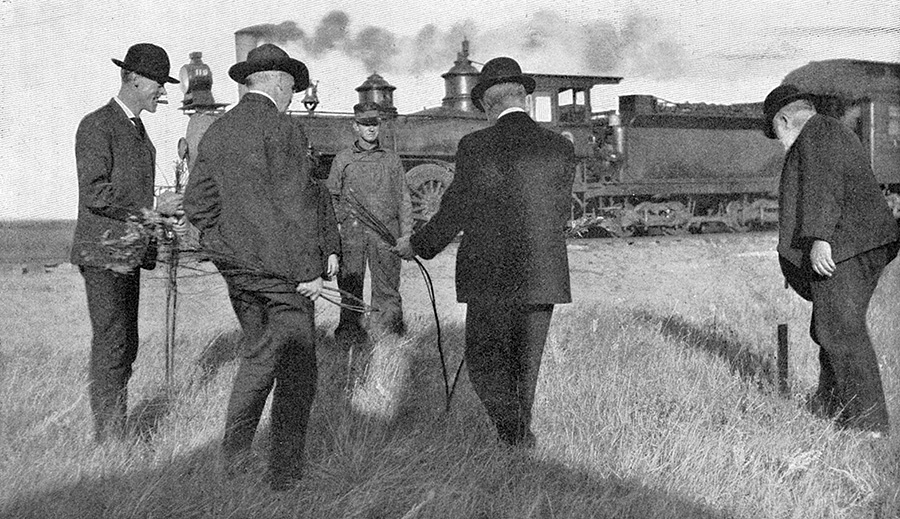The Explosive Legacy of Railroad Safety: A Look into the AAR's Bureau of Explosives
 Has the excitement of the thermite process become old news? Joining steel rails with 4000 degree liquid metal, blasting fountains of sparks into the air just doesn’t get the adrenaline flowing like it did last week? No need to worry, the railroad industry has experts who handle these situations. Introducing the AAR’s Bureau of Explosives. If it is possible to use the terms “regulatory body” and “awesome” in the same sentence, this illustrious group makes it so. But what are they all about?
Has the excitement of the thermite process become old news? Joining steel rails with 4000 degree liquid metal, blasting fountains of sparks into the air just doesn’t get the adrenaline flowing like it did last week? No need to worry, the railroad industry has experts who handle these situations. Introducing the AAR’s Bureau of Explosives. If it is possible to use the terms “regulatory body” and “awesome” in the same sentence, this illustrious group makes it so. But what are they all about?
Established in 1907, the Bureau of Explosives (BOE) was formed as a response to the escalating dangers associated with the use of explosives during the railroad construction surge of the late 1800s and early 1900s. Early attempts to harness the stone-breaking power of existing explosive compounds achieved mixed results at best. Black powder detonates relatively slowly undergoing a process known as deflagration, and it quickly fills the area with thick smoke which creates a number of additional hazards. Also available at that time was Nitroglycerin, a fast, powerful explosive that created very little smoke. Nitroglycerin, unfortunately, is a molecule that just really did not want to hold itself together in that arrangement, resulting in an explosive that will detonate if someone looks at it the wrong way.
 Dynamite was invented in 1867 by Alfred Nobel, whose name has become more associated with the awards given for great achievement in science and peace-related activities. Using nitroglycerin combined with diatomaceous earth, the explosive mixture became stable enough that blasting caps were necessary to initiate detonation. With its improved stability and safety, Dynamite rapidly blasted its way into hearts and minds of railroad workers, it revolutionized the construction industry by enabling easier tunneling and land clearing. The utilization of dynamite in the United States experienced a meteoric rise, escalating from a mere 30,000 pounds in 1868 to over 2 million pounds by 1871. However, this increased usage was accompanied by a rash of deadly accidents and explosions during transportation and handling.
Dynamite was invented in 1867 by Alfred Nobel, whose name has become more associated with the awards given for great achievement in science and peace-related activities. Using nitroglycerin combined with diatomaceous earth, the explosive mixture became stable enough that blasting caps were necessary to initiate detonation. With its improved stability and safety, Dynamite rapidly blasted its way into hearts and minds of railroad workers, it revolutionized the construction industry by enabling easier tunneling and land clearing. The utilization of dynamite in the United States experienced a meteoric rise, escalating from a mere 30,000 pounds in 1868 to over 2 million pounds by 1871. However, this increased usage was accompanied by a rash of deadly accidents and explosions during transportation and handling.
Several key incidents likely catalyzed the establishment of the BOE. In 1885, a devastating explosion of a dynamite-laden railroad car in Delaware claimed over 60 lives. This was followed by similar tragedies in Tunnel Hill, Georgia, in 1904 and Starke, Florida, in 1906, with death tolls exceeding 30 and 25, respectively.
 In an effort to mitigate these risks, the American Association of Railroads (AAR) founded the BOE, setting standards for the safe transportation of explosives and other hazardous materials by rail. Simultaneously guaranteeing that no other professional organization or regulatory body, would ever have a name with this much gravitas.
In an effort to mitigate these risks, the American Association of Railroads (AAR) founded the BOE, setting standards for the safe transportation of explosives and other hazardous materials by rail. Simultaneously guaranteeing that no other professional organization or regulatory body, would ever have a name with this much gravitas.
As years passed, the BOE’s responsibilities broadened from focusing solely on explosives to encompassing a wider range of hazardous materials. The bureau’s expanded role includes the development of safety regulations for transporting all forms of hazardous materials by rail, from flammable liquids and gases to corrosives, bio-hazards, and radioactive materials. All of which are hard-core enough to warrant their own articles.
Beyond regulation, the BOE also engages in scientific research targeting packaging requirements, train formation, and accident prevention. It offers educational programs and manuals for shippers, carriers, and emergency responders, and collaborates closely with agencies like the Department of Transportation (DOT) and the Federal Railroad Administration (FRA) to advance hazardous materials safety.
Today, the BOE remains a stalwart advocate for safety, continually updating its regulations and guidance to accommodate new products and transportation risks. The bureau’s ongoing efforts have undoubtedly prevented numerous accidents, thereby enhancing the robust safety record of hazardous materials transportation by freight rail. Proving once again, safety is what makes it possible for the rail industry to be this awesome.

